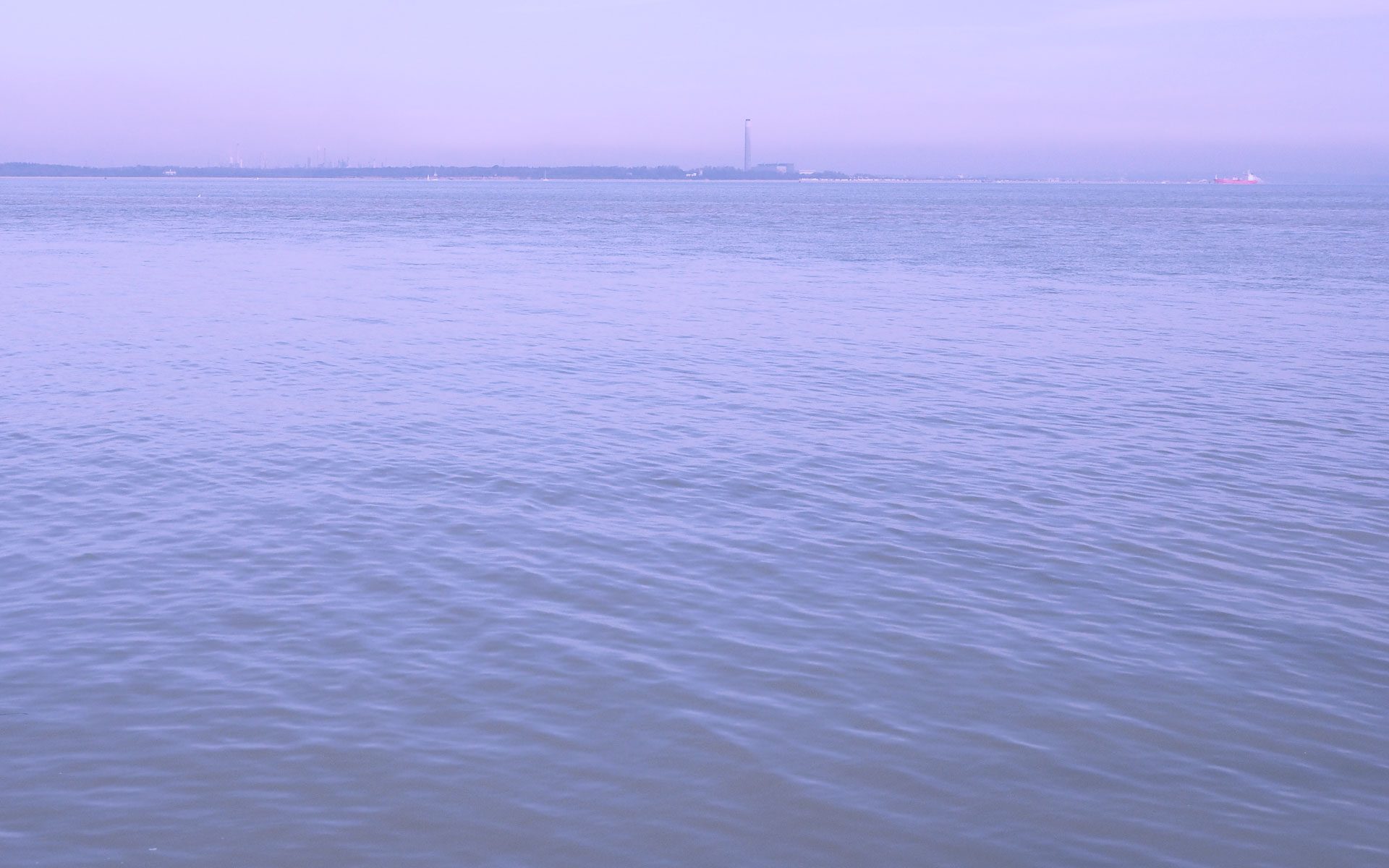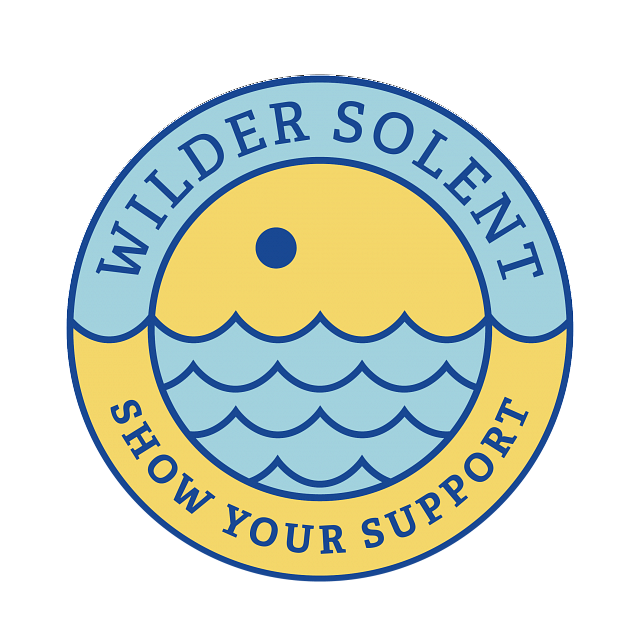With precious habitats and an incredible diversity of wildlife, the Solent is a fantastic place to enjoy nature. Whether you’re on the shore or on the water, there’s so much to see and hear on our bustling coastlines.
Take a walk by the waves and you might spot the snakelocks anemone, which uses its vibrant green and purple tentacles to convert sunlight into energy. The dahlia anemone comes in colours ranging from orange to purple to white, and enhances its camouflage with fragments of shell and gravel. The beadlet anemone stands out with its ring of blue stinging cells, which it uses to defend its territory from rivals.
Crustaceans are another common find on our shores. A shell that seems to have a mind of its own could house a hermit crab, which lives in empty ones and will even fight for the perfect home. Long, thin legs and a spiked shell, perhaps with a shaggy coat of green algae, mean you’re looking at a spiny spider crab. Carefully lift a rock and you may spy a tiny broad-clawed porcelain crab, which is able to shed a leg if grabbed by a predator.
Integral to our coasts are their expanses of saltmarsh and mudflat, both of which are invaluable to coastal birds. Year-round residents and winter visitors alike forage in these rich feeding grounds, with plants, insects, shellfish, and marine worms all on the menu. A variety of wading birds probe the ground and snatch morsels from the waves; watch for the distinctive run of the sanderling, the curved beak of the curlew, and the black collar of the ringed plover.
During low tide you might also glimpse some seagrass – the world’s only underwater flowering plant. Several species grow in the UK, forming beds that offer food and shelter to animals like crabs, rays, and cuttlefish. Many fish use these spaces as nurseries, and short-snouted seahorses anchor themselves by grasping the plants with their tails. Seagrass beds also benefit local communities by capturing carbon and slowing coastal erosion.
If you lift your gaze beyond the shoreline, you might catch sight of our larger marine species. Bottlenose dolphins like to ride the wakes of ships – individuals can be identified by unique notches on their dorsal fins. During the summer we’re visited by thresher sharks, which catch fish by stunning them with their long, whip-like tails. Common seals also haul out in certain areas, often adopting a ‘banana pose’ to keep their heads and tails warm and dry.
Our marine wildlife is truly wonderful, and part of what makes our coast so special. You can help keep it that way by volunteering or making small changes in your everyday life. With support from the National Lottery Heritage Fund, we’re celebrating the amazing people and wildlife that share our waters through our project Secrets of the Solent. To get involved visit www.hiwwt.org.uk/SecretsoftheSolent








